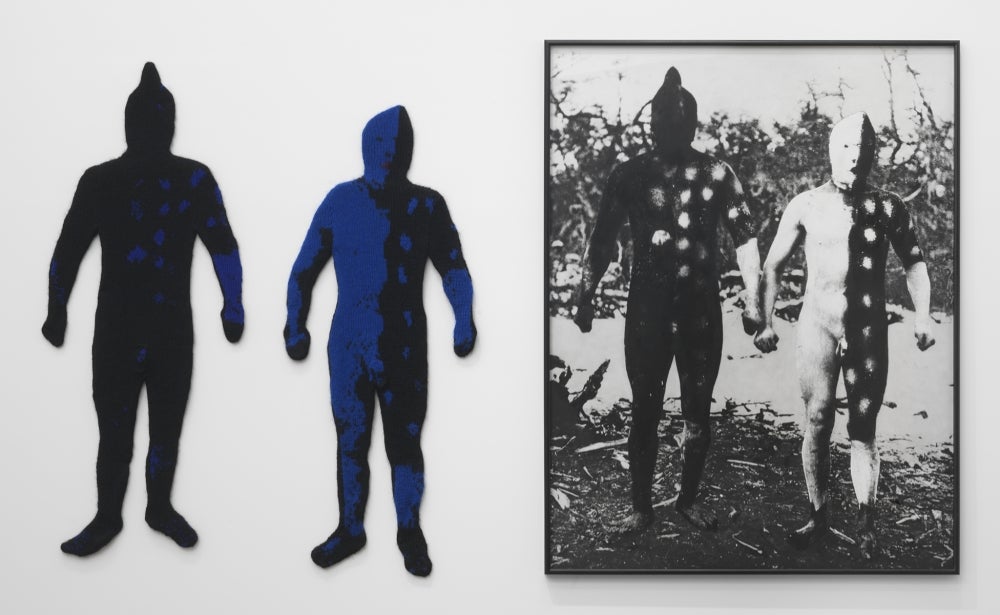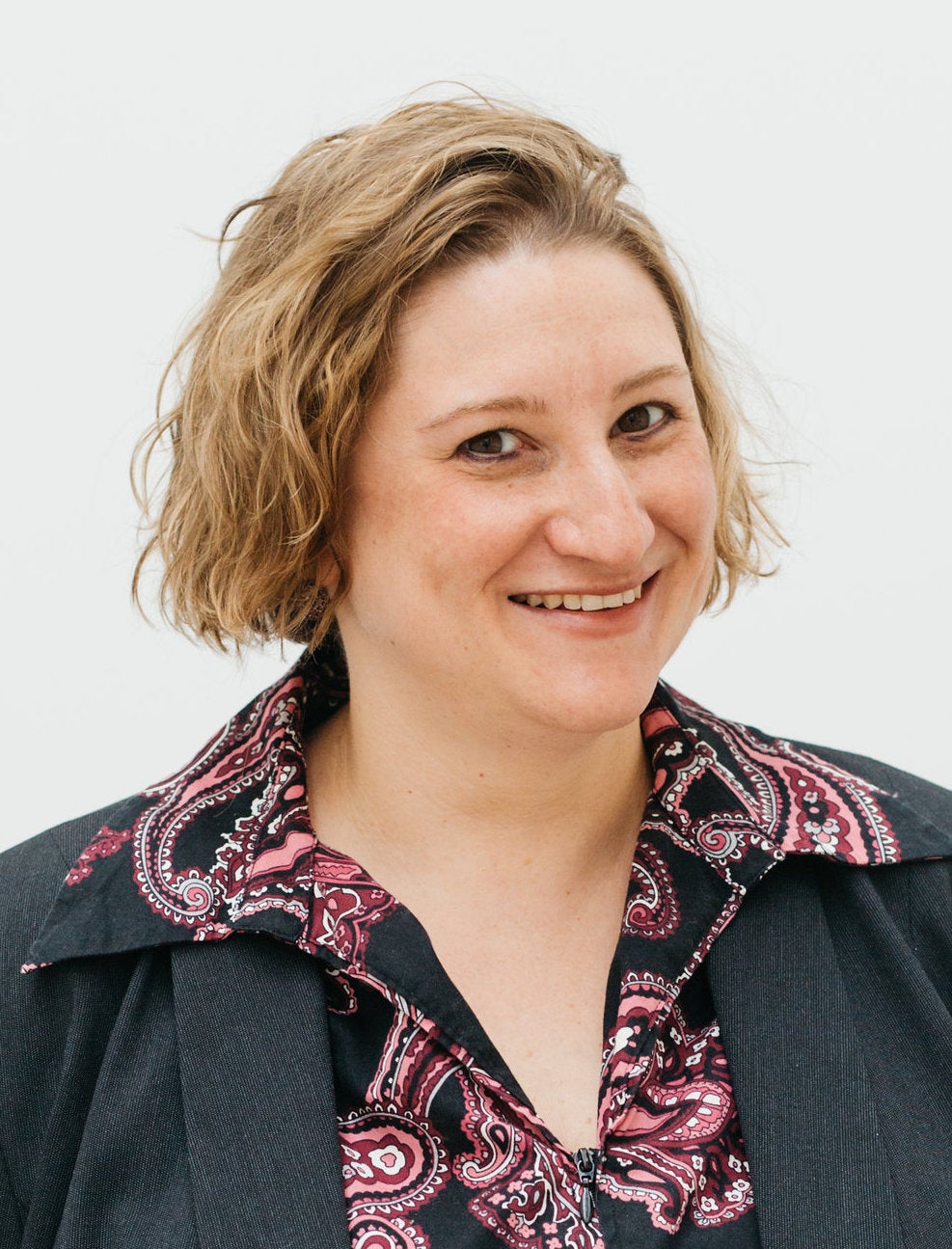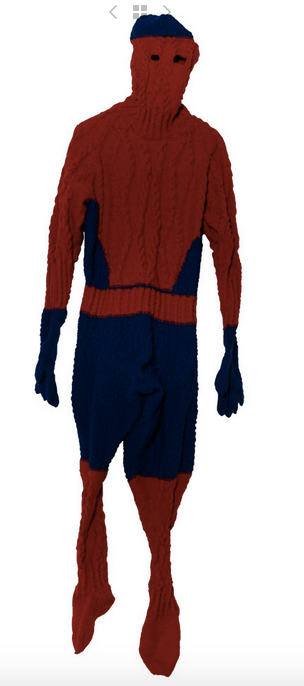
Hierarchies in the Arts


In Britain, textiles, ceramics and other crafts are known as the “applied arts.” In the U.S., they are called “decorative arts.” Either modifier can easily come across as subtly belittling — a reminder that these disciplines, which tend to be dominated by women artists, have traditionally been viewed as less serious or elevated than the “fine arts.”
That mindset has been fiercely challenged in recent decades, and UC Santa Barbara art historian Jenni Sorkin is working hard to ensure that it is not imposed on the next generation.
“Historically, decorative arts have been seen as lesser than painting and sculpture,” she said. “There are all kinds of hierarchies embodied in museum collections, but those hierarchies have largely broken down. Artists today can work in any discipline, and they usually choose to work in a multimedia way.”
Moreover, she argues, many artists have utilized these underappreciated art forms to make serious, sometimes profound statements about gender and society. She will discuss that movement, and specifically its flowering in the 1990s, at the Royal College of Art in London on Monday, Nov. 25, when she gives the annual Peter Dormer Lecture.
Americans are seldom invited to give this talk, which is widely considered the U.K.’s most prestigious lecture in this field.
In her lecture, Sorkin will discuss works that were “created by artists who take on formal qualities of abstraction and use them to make metaphors in textiles about sexuality, race, gender — pressing identity issues that consumed the 1990s, and the culture wars of that time.
“For much of the late 20th century, minimalism was the dominant art form,” she noted. “Abstraction reigned supreme, and content that had to do with identity was discouraged. Textile practice became a welcoming space in which to explore ideas of sexuality, gender, race, and other forms of ‘otherness.’”
As an example, she points to the work of Detroit-based artist Mark Newport, who juxtaposed the hypermasculine concept of the superhero (Wonder Woman wasn’t really on the radar at that point) with an artistic technique widely associated with the feminine.
“He makes very saggy Superman costumes, which are hand-knitted,” Sorkin explained. “He inhabits these ‘Sweaterman’ costumes. It’s a comment on failed masculinity and the quality of not being a real superhero. It uses the traditionally feminine practice of knitting to produce soft sculpture that is not rigid, and does not adhere to any of the formal conditions of sculpture.”
That’s one example of “materiality,” an aesthetic that was coming of age around that time.
“Painting and photography are very eye-centric,” Sorkin explained. “Materiality is about the production of materials that are more touch-centered, such as textiles and ceramics.
“I am focused in this talk on large-scale installation, which is a form of cultural practice in which people take over room-sized galleries or pavilions to make large-scale sculptures out of textiles. People use the walls, floor and ceiling. Unfortunately, you usually can’t touch it, since it’s put on within the confines of a museum. But it’s about trying to create a sensuous environment that invites ideas of touch.”
A native Chicagoan, Sorkin earned her BFA in fiber and material studies at the School of the Art Institute of Chicago. After graduation, she went to work for an art magazine, and realized “it was more interesting to me to critique other people’s artwork than to make my own.” But that early training shaped her later career as a curator and critic.
“I have a doctorate in art history from Yale, but if I hadn’t come with my own knowledge (about decorative arts), I would have written a much more traditional dissertation,” she said. “I wouldn’t have known there was an alternative modernism. While they have a rich exhibition history throughout the 20th century, there was nothing in the art history textbooks about crafts.”
In between Chicago and Yale, Sorkin earned a master’s degree in curatorial studies at Bard College. She then spent several years at Los Angeles’ Museum of Contemporary Art, where she helped develop a large-scale show of feminist art that opened in 2007.
In 2016, she co-curated the inaugural show at the enormous Hauser-Wirth Gallery in downtown Los Angeles, “Revolution in the Making: Abstract Sculpture by Women, 1947-2016.” It memorably included a number of those take-over-the-room pieces visitors had to be warned not to touch.
Sorkin, who arrived at UC Santa Barbara in 2013, is an associate professor of history of art and architecture, but she is also affiliated with the art and feminist studies departments.
“It’s an ideal environment for me,” she said. “I work really closely with the MFA students in the art department. I teach and mentor them. I also like mentoring Ph.D. art history students. I have eight of those, and a substantial number of the are working in craft history.”



